Art style refers to the distinct characteristics and techniques used by artists to create their works. It encompasses a wide range of visual elements, including color, shape, texture, and composition, that are used to convey meaning and emotion. Understanding art styles is essential to appreciating and analyzing art, as it allows one to identify the unique qualities that make each work of art distinct.

Art styles have evolved over time and vary greatly depending on the historical period, geographic location, and cultural context in which they were created. From the ornate and extravagant Baroque style of the 17th century to the minimalist and abstract style of the 20th century, each period has its own defining characteristics and artistic movements. Famous artists throughout history have also contributed to the development of various art styles, from Leonardo da Vinci’s Renaissance realism to Pablo Picasso’s Cubism.


Defining the characteristics of art styles is a complex process that involves analyzing the formal elements of art, as well as the cultural, social, and historical context in which they were created. By understanding the unique qualities of each art style, one can gain a deeper appreciation for the art and the artist who created it.
Understanding Art Styles

Art style is a distinctive approach to creating art that encompasses a set of characteristics, techniques, and philosophies. These styles evolve over time, often as a reaction to the socio-cultural milieu and artistic innovation. An art style can be seen as a reflection of the artist’s personality, culture, and time period.


Art styles can be classified into different categories, such as classical, modern, and contemporary. Each category has its unique characteristics, techniques, and philosophies. The following are some of the popular art styles:
- Baroque (1600-1750)
- Classical (1750-1827)
- Romantic (1827-1900)
- Modern (1900-1970)
- Contemporary (1950-)
Baroque art style is characterized by grandeur, drama, and tension. It was popularized during the 17th century in Europe and is known for its ornate and elaborate style. Classical art style, on the other hand, is characterized by simplicity, balance, and harmony. It was popularized during the 18th century and is known for its clean lines and symmetry.


Romantic art style is characterized by passion, emotion, and individualism. It was popularized during the late 18th and early 19th centuries and is known for its dramatic and imaginative style. Modern art style, which emerged during the 20th century, is characterized by experimentation, abstraction, and a departure from traditional techniques.
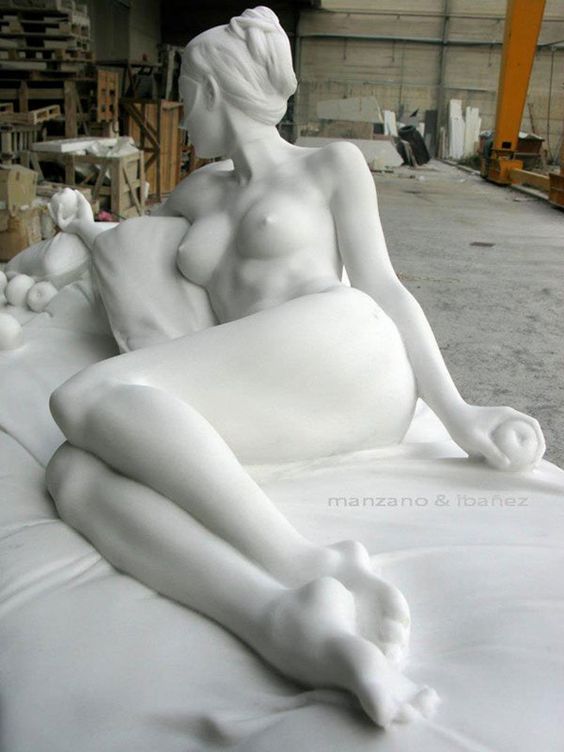

Contemporary art style, which emerged during the mid-20th century, is characterized by diversity, innovation, and a focus on the present. It includes a wide range of styles, such as abstract expressionism, pop art, and minimalism.


Understanding art styles is important for art enthusiasts, collectors, and artists alike. It allows them to appreciate and interpret art in a more meaningful way and provides insights into the cultural and historical context of the artwork.
Historical Overview of Art Styles

Art has been a form of human expression for thousands of years. The history of art is a long and complex one, spanning many different cultures and periods. In the past, art was often used to tell stories, to document important events, or to express religious or spiritual beliefs.
During the 19th century, art underwent significant changes as artists began to experiment with new techniques and styles. This period saw the rise of movements such as Impressionism, Post-Impressionism, and Expressionism, which sought to break away from traditional forms of art and explore new ways of representing the world.
However, the roots of Western art can be traced back to antiquity, particularly to the art of ancient Greece and Rome. The Western Roman Empire also played an important role in the development of art during this period.
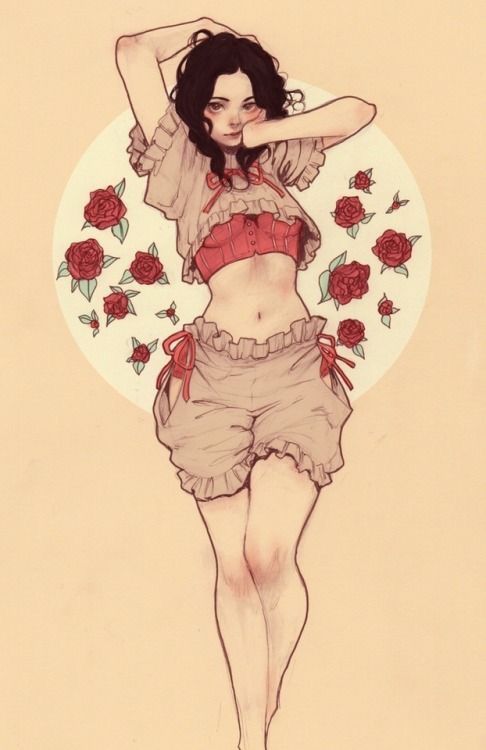
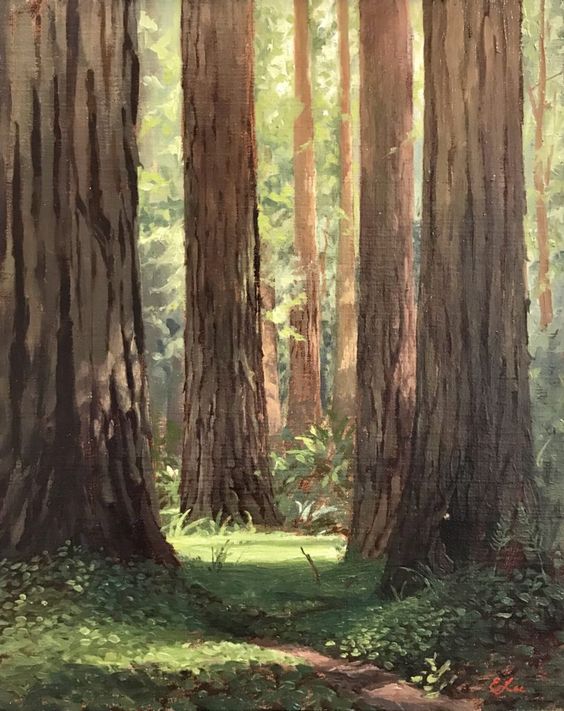
Ancient art, which includes the art of ancient Egypt, Greece, and Rome, is characterized by a focus on realism and naturalism. Ancient Greek art, in particular, is known for its emphasis on idealized human forms and its use of symmetry and balance.


Over time, art has continued to evolve and change, with new styles and movements emerging in response to changing social, political, and cultural contexts. Today, art continues to be a vital form of human expression, with artists around the world exploring new techniques and ideas in their work.
Art Styles by Geographic Location

When it comes to art styles, geography can play a significant role in their development. Different regions have their own unique histories, cultures, and artistic traditions that shape the styles that emerge from them. In this section, we will explore some of the most notable art styles from Europe, America, and Asia.
European Art Styles
Europe has a rich artistic heritage that spans centuries.


Some of the most well-known art styles from the region include:
- Baroque: characterized by ornate, dramatic forms and a sense of grandeur; prominent in Italy and Spain during the 17th century.
- Rococo: a highly decorative and ornamental style that emerged in France in the early 18th century.
- Impressionism: a style that emphasizes the use of light and color to capture the fleeting impressions of a moment; prominent in France in the late 19th century.
- Art Nouveau: a decorative style that emerged in Europe in the late 19th century, characterized by flowing, organic forms and an emphasis on craftsmanship.


American Art Styles
The United States has a relatively short but vibrant history of artistic styles.


Some of the most notable American art styles include:
- Pop Art: a style that emerged in the 1950s and 60s, characterized by the use of bold, bright colors and imagery from popular culture.
- Abstract Expressionism: a style that emerged in the 1940s and 50s, characterized by large, gestural brushstrokes and an emphasis on the physical act of painting.
- Regionalism: a style that emerged in the 1930s, characterized by depictions of everyday life in rural America.
- Harlem Renaissance: an artistic movement that emerged in the 1920s and 30s, characterized by a celebration of African American culture and identity.
Asian Art Styles
Asia has a diverse and rich artistic heritage that spans many centuries.

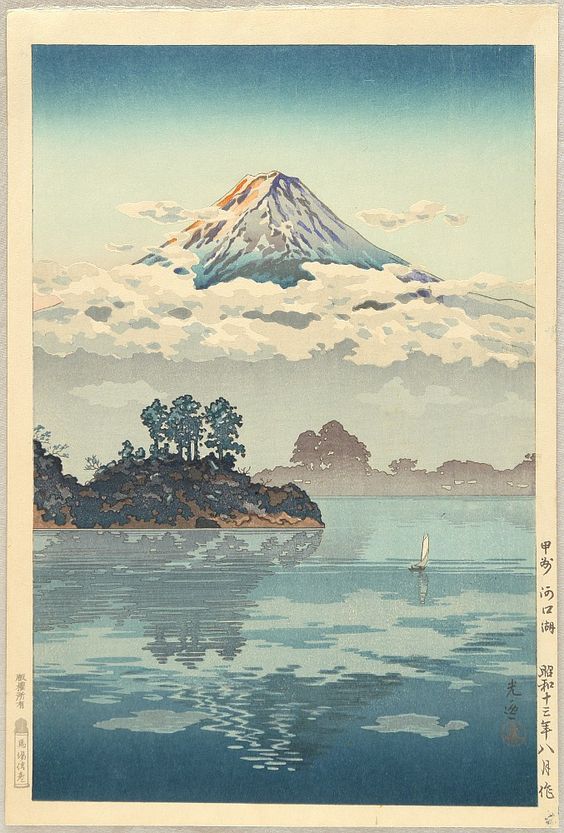
Some of the most notable Asian art styles include:
- Ukiyo-e: a style of Japanese woodblock prints that emerged in the 17th century, characterized by bold lines, flat colors, and a focus on everyday life.
- Chinese Brush Painting: a traditional style of painting that uses a brush dipped in ink to create delicate, expressive lines and washes of color.
- Indian Miniature Painting: a style of painting that emerged in India in the 16th century, characterized by intricate details, bright colors, and a focus on storytelling.
- Islamic Calligraphy: a form of decorative writing that has been used in Islamic art for centuries, characterized by intricate, flowing lines and an emphasis on the beauty of the written word.
Overall, the art styles that emerge from different geographic locations are influenced by a wide range of factors, including history, culture, and tradition. By exploring these styles, we can gain a deeper understanding of the unique artistic traditions that have emerged from different parts of the world.
Famous Artists and Their Art Styles

Throughout history, many artists have made a significant impact on the art world. Each artist has their own unique style that sets them apart from others.


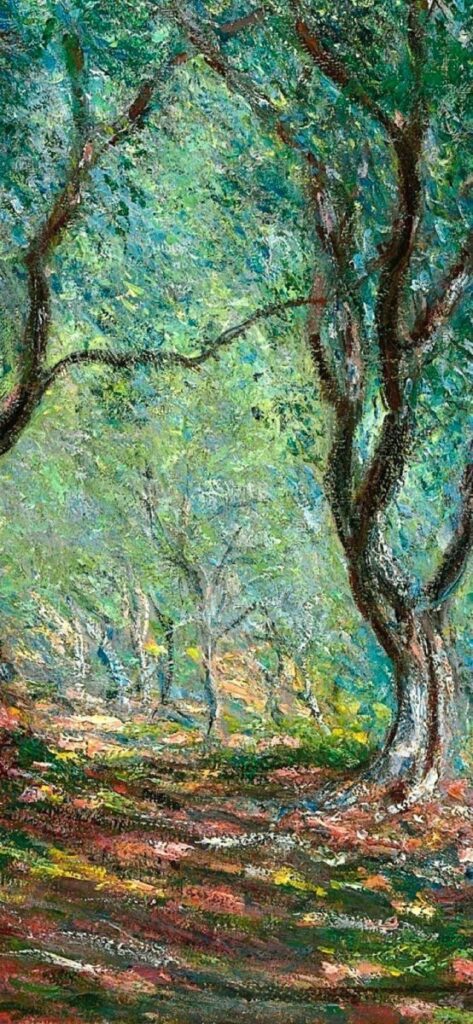
Here are some of the most famous artists and their art styles:
-
Pablo Picasso: Known for his role in the development of Cubism, a style that emphasizes the use of geometric shapes and multiple perspectives.
-
Claude Monet: A leader of the Impressionist movement, Monet is known for his use of light and color to capture the essence of a moment.
-
Vincent van Gogh: Famous for his Post-Impressionist style, van Gogh’s paintings are characterized by bold colors and thick, expressive brushstrokes.
-
Jackson Pollock: A pioneer of Abstract Expressionism, Pollock’s drip paintings are known for their energetic, chaotic style.
-
Leonardo da Vinci: A Renaissance genius, da Vinci’s art is characterized by his use of sfumato, a technique that creates a soft, hazy effect.
-
Henri Matisse: A leader of the Fauvist movement, Matisse’s paintings are known for their bold, bright colors and simplified forms.
-
Edvard Munch: A Norwegian artist, Munch’s most famous work, “The Scream,” is an example of his Expressionist style, which emphasizes intense emotion and psychological themes.
-
Mark Rothko: A pioneer of Color Field painting, Rothko’s paintings are characterized by large, solid blocks of color that create a sense of depth and emotion.
Each of these artists has left a lasting impact on the art world, and their styles continue to influence artists today.
Defining Characteristics of Art Styles

Art styles are characterized by a set of distinctive features that are shared between artworks. These features allow art to be categorized in a way that is meaningful to people. Below are some of the defining characteristics of various art styles:
-
Realistic: Realism is an art style that aims to represent the world as it appears to the eye. It emphasizes accurate depiction of detail, color, light, and perspective.
-
Impressionist: Impressionism is an art style that emphasizes the artist’s subjective impression of a scene or object. It often features loose brushwork and an emphasis on capturing the effects of light.
-
Abstract: Abstract art is an art style that emphasizes the use of shapes, colors, and forms to create a work of art that is not representational of the physical world.
-
Symbolism: Symbolism is an art style that emphasizes the use of symbols to convey meaning. It often features imagery that is suggestive or metaphorical.
-
Pattern: Pattern is an art style that emphasizes the use of repeated shapes, colors, or forms to create a sense of rhythm and harmony.
-
Contrast: Contrast is an art style that emphasizes the use of opposing elements, such as light and dark, to create a sense of drama and tension.
-
Emotion: Emotion is an art style that emphasizes the use of color, composition, and gesture to convey a sense of feeling or mood.
-
Gesture: Gesture is an art style that emphasizes the use of expressive brushwork or mark-making to convey a sense of movement or action.
-
Illusion: Illusion is an art style that emphasizes the use of perspective, shading, and other techniques to create a sense of depth and three-dimensionality.
-
Abstraction: Abstraction is an art style that emphasizes the use of simplified shapes, colors, and forms to create a work of art that is not representational of the physical world.
Each art style has its own unique set of characteristics that distinguish it from others. Understanding these characteristics can help viewers appreciate and interpret works of art more fully.
Influence of Art Styles on Architecture

Art styles have played a significant role in shaping the field of architecture. From the intricate details of Gothic architecture to the clean lines of the Bauhaus movement, different art styles have influenced the design and construction of buildings throughout history.
One of the most notable art styles that influenced architecture is Art Nouveau. This style, which emerged in the late 19th century, is characterized by its use of organic forms and motifs inspired by nature. Architects who embraced Art Nouveau incorporated these elements into their designs, creating buildings with flowing lines and intricate details.


Another influential art style in architecture is the Gothic style. This style, which emerged in the 12th century, is characterized by its use of pointed arches, ribbed vaults, and flying buttresses. Gothic architecture is often associated with cathedrals and other religious buildings, but it has also been used in the construction of secular buildings.


The Bauhaus movement, which emerged in the early 20th century, also had a significant impact on architecture. This movement emphasized the use of simple geometric forms and the elimination of unnecessary ornamentation. Architects who embraced the Bauhaus style created buildings with clean lines and minimalist designs.
Overall, the influence of art styles on architecture is undeniable. Architects continue to draw inspiration from different art movements, incorporating elements of these styles into their designs to create buildings that are both functional and visually appealing.
Art Styles and Movements

Art styles and movements are important in understanding the evolution of art throughout history. Each movement has its unique characteristics and styles that distinguish it from others. Here are some of the most significant art styles and movements:
-
Renaissance Art: This movement emerged in Italy in the 14th century and lasted until the 17th century. Renaissance artists focused on realism, perspective, and humanism, which emphasized the importance of human beings and their achievements.
-
Baroque: This highly ornate and extravagant style emerged in Europe in the 17th century. It was encouraged by the Catholic Church as a reaction to the simple austerity of Protestant art. The baroque style does everything it can to inspire a sense of awe with emotion, detail, contrast, chaos, and rich color.
-
Impressionism: This movement emerged in France in the 19th century. Impressionist artists focused on capturing the fleeting effects of light and color in their paintings. They used loose brushstrokes and bright colors to create a sense of movement and atmosphere.
-
Cubism: This movement emerged in France in the early 20th century. Cubist artists focused on breaking down objects into geometric shapes and planes, creating a new way of seeing the world. They used multiple viewpoints to depict the subject from different angles.
-
Surrealism: This movement emerged in France in the 1920s. Surrealist artists focused on exploring the subconscious mind and dreams, creating bizarre and fantastical images. They used techniques like collage and photomontage to create surreal and dreamlike compositions.
-
Abstract Expressionism: This movement emerged in the United States in the 1940s and 1950s. Abstract Expressionist artists focused on expressing their emotions and feelings through abstract forms and colors. They used techniques like dripping and splattering paint to create spontaneous and gestural works.
-
Pop Art: This movement emerged in the United States and Britain in the 1950s and 1960s. Pop artists focused on popular culture and consumerism, creating works that featured everyday objects and images from mass media. They used bright colors and bold graphics to create eye-catching works.
-
Minimalism: This movement emerged in the United States in the 1960s. Minimalist artists focused on creating simple and geometric forms, emphasizing the beauty of simplicity and repetition. They used materials like steel and concrete to create large-scale sculptures and installations.
-
Contemporary Art: This is a broad term that refers to art created in the present time. Contemporary artists work in a wide range of styles and mediums, from painting and sculpture to video and performance art. They often explore social and political issues, as well as personal experiences and emotions.


Understanding the different art styles and movements can help us appreciate the diversity and richness of art throughout history. Each movement has its unique contribution to the development of art, and each artist has their unique voice and vision.
Art Styles in Popular Culture

Art has always been an integral part of popular culture. From the iconic paintings of Les Demoiselles d’Avignon to the haunting image of The Scream, art has the ability to capture the imagination of the masses and become a part of the cultural zeitgeist.
Pop culture, in particular, has been heavily influenced by art styles throughout history. Pop art, for example, emerged in the 1950s and 1960s and was heavily inspired by popular culture and consumerism. It often utilized elements of advertising, comic books, and product design in its works.


Another popular art style in pop culture is surrealism. This movement, which emerged in the early 20th century, sought to explore the subconscious mind and challenge traditional notions of reality. Its influence can be seen in everything from music videos to fashion.


Of course, no discussion of art in popular culture would be complete without mentioning the impact of social media. The rise of platforms like Instagram has given artists a new way to share their work with the world and has helped to democratize the art world in many ways.


Overall, art styles have played a significant role in shaping popular culture throughout history. Whether it’s through the use of bold colors and abstract shapes or the exploration of the human psyche, art has the power to captivate and inspire audiences of all ages and backgrounds.
Art Styles and Society

Art has always been a reflection of society, and the different art styles that have emerged throughout history are a testament to this fact. Art styles have been influenced by various factors such as everyday life, speed, youth, religion, industrial cities, mythology, iconography, and installation art.
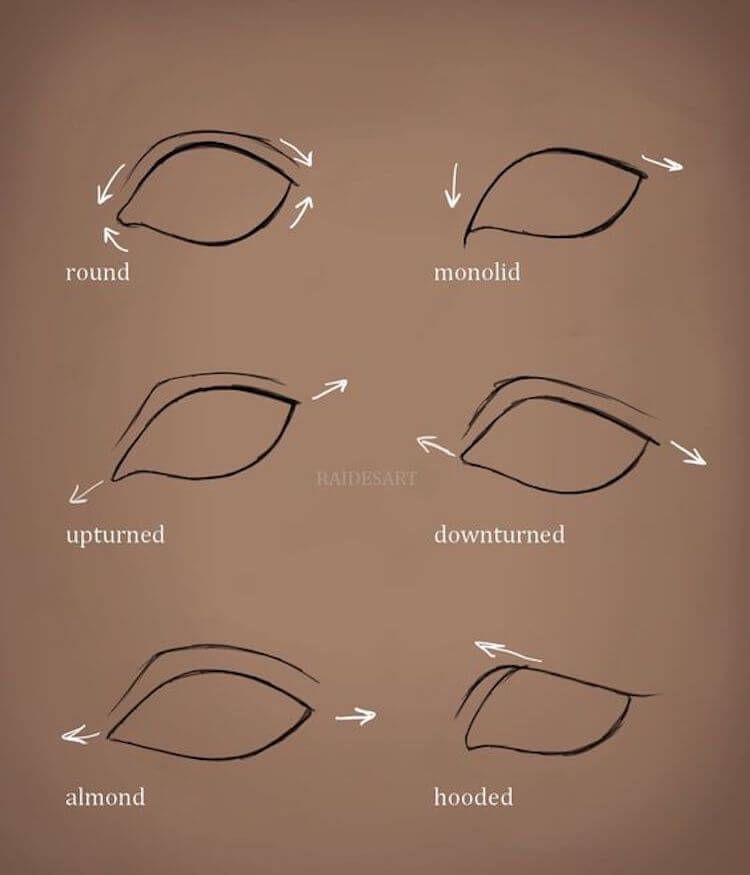

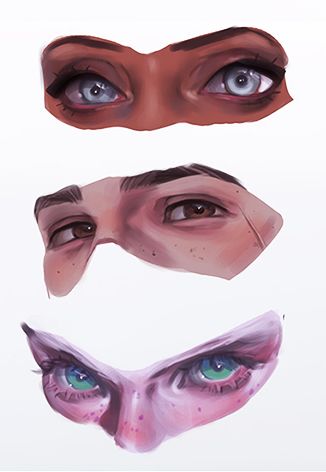
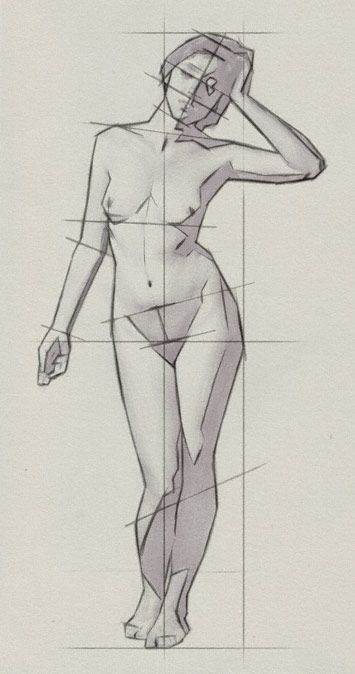
For instance, the emergence of the Art Nouveau movement in the late 18th century was a reaction to the industrial aesthetic of Europe. The movement sought to juxtapose the industrial aesthetic with organic forms and structures found in nature. Similarly, the Rococo movement in France in the early 1700s was characterized by elaborate ornamentation and a light, sensuous style that reflected the values of the aristocracy of the time.




The Catholic Church has also had a significant influence on art styles throughout history. The Baroque movement, for example, emerged as a reaction to the simple austerity of Protestant art. The movement was encouraged by the Catholic Church and aimed to inspire a sense of awe and emotion through its use of detail, contrast, chaos, and rich color.


Art styles have also been influenced by the speed and energy of modern life. The Futurist movement, for example, emerged in Italy in the early 20th century and celebrated speed, technology, and youth. The movement rejected traditional art forms and embraced new forms of expression such as photography and film.


Installation art is another art form that has emerged in recent years and is influenced by the environment and space in which it is created. This form of art is often site-specific and involves the transformation of a space into an immersive experience for the viewer.


In conclusion, art styles are a reflection of society and are influenced by various factors such as religion, everyday life, speed, youth, mythology, and installation art. Understanding the historical and cultural context of different art styles can provide insight into the values and beliefs of a society at a particular point in time.
Conclusion

In conclusion, the style of art is a crucial aspect that determines the overall impact of a piece of artwork. It is the style that sets the tone and mood of the artwork and helps the viewer understand the message that the artist is trying to convey.
Artists use different styles to express their creativity and emotions, and each style has its unique characteristics. Some styles are more realistic, while others are abstract, and some are a combination of both. The choice of style depends on the artist’s preference and the message they want to convey.


Moreover, the style of art is not static and has evolved over time. Different periods in art history have been characterized by distinct styles that reflect the cultural, social, and political context of the time. For instance, the Renaissance period was marked by realism and perspective, while the Impressionist period was characterized by the use of light and color.


In conclusion, the style of art is a vital component of any artwork, and it plays a significant role in conveying the artist’s message to the viewer. Understanding the different styles of art and their unique characteristics can help viewers appreciate and interpret artwork more effectively.
- 18.3Kshares
- Facebook0
- Pinterest18.3K
- Twitter0
- Reddit0


